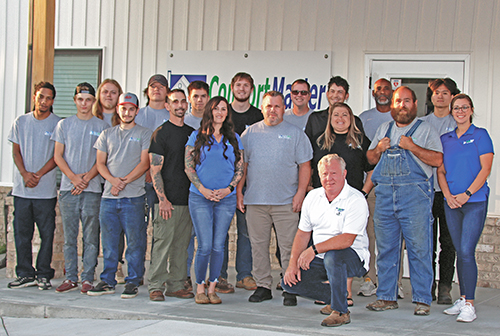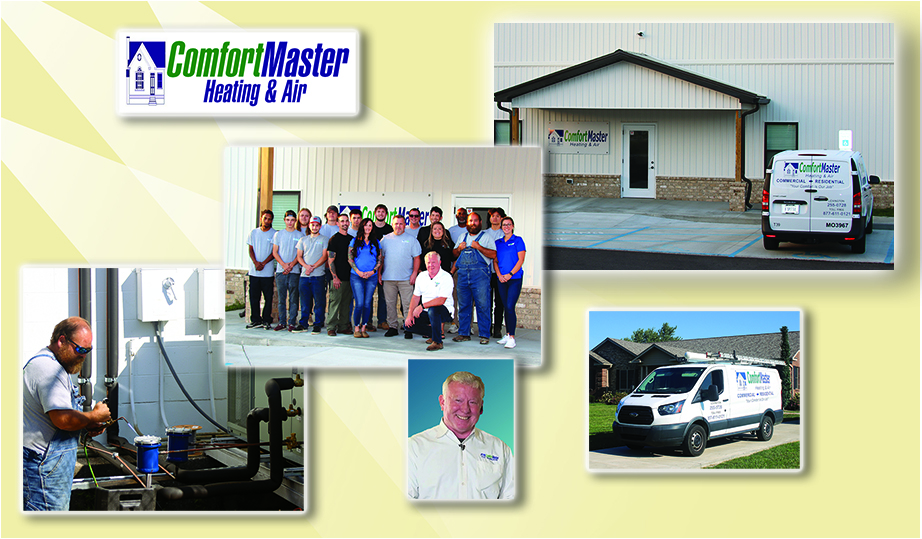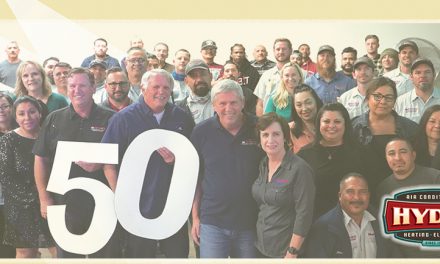Butch will be the first to tell you that not every customer walks away completely satisfied, but he says the company makes every effort to do what is right and resolve customer issues.
“The key to this approach is airflow,” he says. “On each system we replace, we evaluate the ductwork, test it, and measure. We are not in business to sell boxes. We base recommendations on what we find. Then we let the customer decide what they want to do.”
Mellot adds that on the business’s replacement side, they reinforce this approach through regular meetings and training.
He says, “Customer service first means training. We do a lot of in-house training. Our state requires continuing education, so we take care of that expense for our team as well as their license expense. I always try to send our technicians to factory schools. And, of course, technical training from NCI is critical.”
Building From Within
Another aspect of the ComfortMaster approach is building a solid team of technicians and promoting from within the company. For example, he hired a young woman named Brittany McClanahan as a dispatcher, who was very good at that job.
“She had a propensity and attitude to learn. And she wanted to grow beyond dispatching. So I started working with her on duct design. Today she designs and sells residential construction jobs. Being in this position has worked out very well. The builders like working with her, and she is pleased with the challenges this job provides.”

both commercial and residential customers.
Even when it comes to sales, Mellot builds from within. In fact, there are no salespeople. He says everyone sells.
“Between me, the residential manager, the commercial manager, and our service technicians, we all sell,” he says. It’s a team effort. In my experience, many customers prefer when one of us comes out rather than having a salesperson call on them. We’re an all-hands-on-deck team working together to complete the job.”
Mellot adds that his technicians do not mind selling, which isn’t always true with other contracting firms.
“We make it easy for them, and we teach them not to hard-sell anything,” he explains. “We provide them with flat rate books so they can put together systems, price them, and sell them. But that comes AFTER they examine and test the systems, discover customers’ issues, then put together some options to address those issues.”
Challenges from Without
Every contracting company is impacted by external challenges, from government regulations to building code issues, supply chain issues, and more. For Butch Mellot and his team, that is all in a day’s work until the onset of the COVID-19 crisis. Mellot says that changed everything.
“Initially, the pandemic shut us down for three weeks, but then HVAC contracting was classified as an essential service. A lot of the construction work slowed down, but it did continue. We had a tough time getting any maintenance and service work done.”
He says the shutdown impacted both sides of his business because everything and everyone was closed.
“For any open businesses, they were hesitant to have someone coming in. Nobody wanted contact with anybody.
But the struggle also impacted his employees. He says the field crews didn’t like the idea of going into different locations all day.
Click Below for the Next Page:













Recent Comments